How to Identify Which Genes Have Dose Response Using R
Chronic Toxicological Studies 2 Characteristics of animal studies A single dose A single route of exposure The number of animals exposed is small. I wantto use the t- test to identify the DEGs.

A Pipeline To Analyse Time Course Gene Expression F1000research
The level of evidence required to adopt a specific genetic test as a guide to practice is not established.

. Low dose patients and the compliment. In the R-studio Environment tab click on your data set or perform the Viewdata command and click on one of the sample columns to order the data ascending. One of the earliest approaches investigated was the use of viruses naturally occurring biological agents that have evolved to do one thing ie.
Protein and gene sequence comparisons are done with BLAST Basic Local Alignment Search Tool. Most data sets available contains a lot of 0-measurements see for instance your density plot from the previous chapter. I know to find the DEGs using the multtest package in R in case of two conditions such as control and treatment.
Extreme dose response warfarin response models. Figure 2Dose-response curves for the dry weight of the R AH18 and S SD01 Alopecurus aequalis populations treated with a range of mesosulfuron-methyl doses with or without 1000 g ai ha 1 of malathion. In principle locating genes should be easy.
The rnr gene that encodes RNase R is part of an operon containing. Despite this concordance the comparison highlighted differences between the two methods at the individual gene level. PU1 is a member of the ets family of transcription factors expressed predominantly in hematopoietic cells and microglia of brain.
The C-allele at rs4918758 in CYP2C9 was associated with a 25 15-44 lower odds of dose reduction of quinine p1610-5. Use of genotyping is more accurate than race or ethnic categories to identify variations in drug response52 Unlike other influences on drug response genetic factors remain constant throughout. The relationship between the drug dose regardless of route used and the drug concentration at the cellular level is.
NsrR transcriptional regulator rnr exoribonuclease rlmB rRNA methyltransferase and yjfI unknown function. 189 RNase R levels change in response to different. In order for a virus like the COVID-19 virus to be detected early in the body using real time RTPCR scientists need to convert the RNA to DNA.
Dose-dependent increases in intracellular fluorescent phospholipid accumulation were observed. If Column 2 1 and Column 3 4 then exons 123 and 4 are inside the gene. Further consensus recommendations on dose adjustment may not be available even when large effects of genetic variants on drug response have been identified.
Until relatively recently that simple goal was very elusive as technologies to safely deliver nucleic acid cargo inside cells have lagged behind those used to identify disease-associated genes. The genetic make-up of the population is not very diverse. But do not know how to proceed with four different types of promoters and identify the DEGs.
The values are expressed as the percentage of the untreated control. The A-allele at rs9895420 in ABCC3 was associated with a 46 24-62. The gene-score was calculated for each of the 228 genes in the WSP for each patient in two classes.
This is an unknown protein sequence that we are seeking to identify by comparing it to known protein sequences and so Protein BLAST should be selected from the. First CRISPR tends to detect weak to moderate gene deletion effects more sensitively as evidenced by the greater density of CRISPR-essential genes above the diagonal in the joint distribution plot For example while both methods identify. 14 Operon transcription is thought to be driven by a σ 70 promoter and transcript processing and decay is mainly regulated by RNase E.
The distributions of gene-scores of the two classes were tested for the null hypothesis namely that the means of the distributions were equal. Genes where no reads have mapped. How would it be possible to find the differentially expressed genes in such a case.
Identifying genetic risk factors for SADRs particularly Type B reactions could significantly decrease the healthcare costs and improve the process of drug development 5Characteristics of SADRs that increase the likelihood of informative genetic or genomic analysis include. A dose can be described either as a lethal dose LD in which the response is the death of animals or cells or an effective dose ED in which the response is another observable outcome. Once inside the cell the virus uses its own genetic code RNA in the case of the COVID-19 virus to take control of and reprogramme the cells turning them into virus-making factories.
The genes data is a num_genes x 4 matrix where num_genes is the total number of uniquely annotated genes. You will now most likely unless you have bacterial data. In reality Several different routes Exposure to more than one chemical at a time.
The plot allows us to identify the doses that affect a percentage of the exposed population. Using an expanded set of compounds we show that this assay correctly identified 100 of PLD-positive and -negative compounds. Evidence for a familial or genetic component.
We identify 8 novel associations after bonferroni correction 3 of which are replicated or validated in the UK biobank or have other supporting results. However response to concentration may be complex and is often nonlinear. In particular multiple genes involved in the G2-M checkpoint were shown to be essential for tumor cell survival indicating their potential as anticancer targets.
Querying a sequence. DNA sequences that code for proteins begin with the three bases ATG that code for the amino acid methionine and they end with one or more stop codons. This study identified a wide array of druggable genes for both lung and head and neck cancer.
We found that this assay was less time consuming more sensitive and higher throughput than gene expression analysis. To access BLAST go to Resources Sequence Analysis BLAST. Using a yeast one-hybrid screen to identify potential transcription factors of the MOR promoter we have identified PU1 as one of the candidate genes.
Only individuals in good health andor of the same sex are selected. Bioinformatics allows scientists to make educated guesses about where genes are located simply by analyzing sequence data using a computer in silico. Column 1 is the gene ID column 2 is the starting exon and column 3 is the ending exon in the gene.
Genomic approaches to SADRs. Occursthrough binding or chemical interactionthe concentration of the drug at the site of action controls the effect. However high dose groups 50 mGyyear have higher representationabundance of genes involved in DNA damage response that include DNA repair response to oxidative stress immune response chromatin modification methylation and histone modification mRNA processing cell cycle and apoptosis Fig 6.
Column 4 is the gene lengthnum_genes 2.
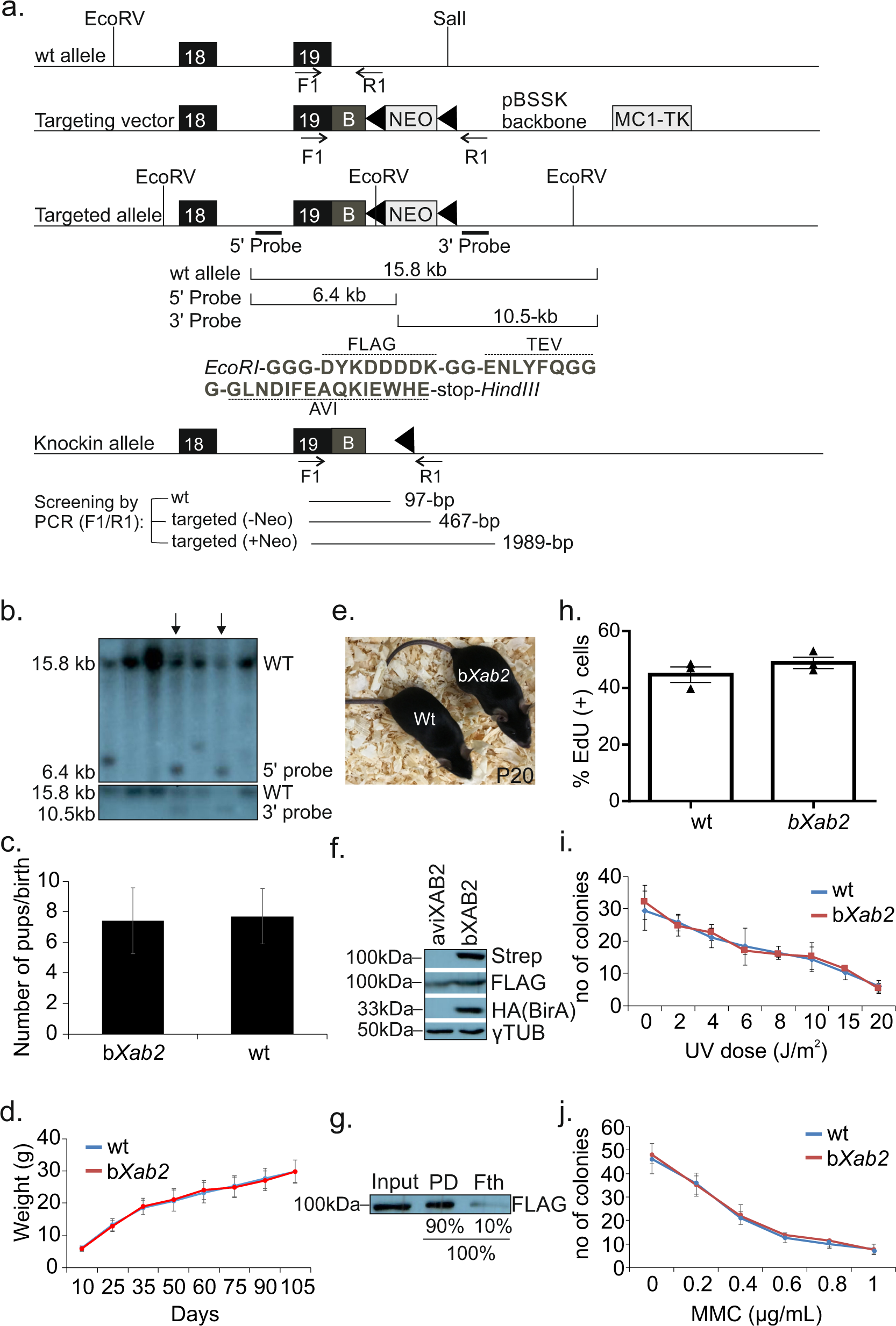
The Splicing Factor Xab2 Interacts With Ercc1 Xpf And Xpg For R Loop Processing Nature Communications
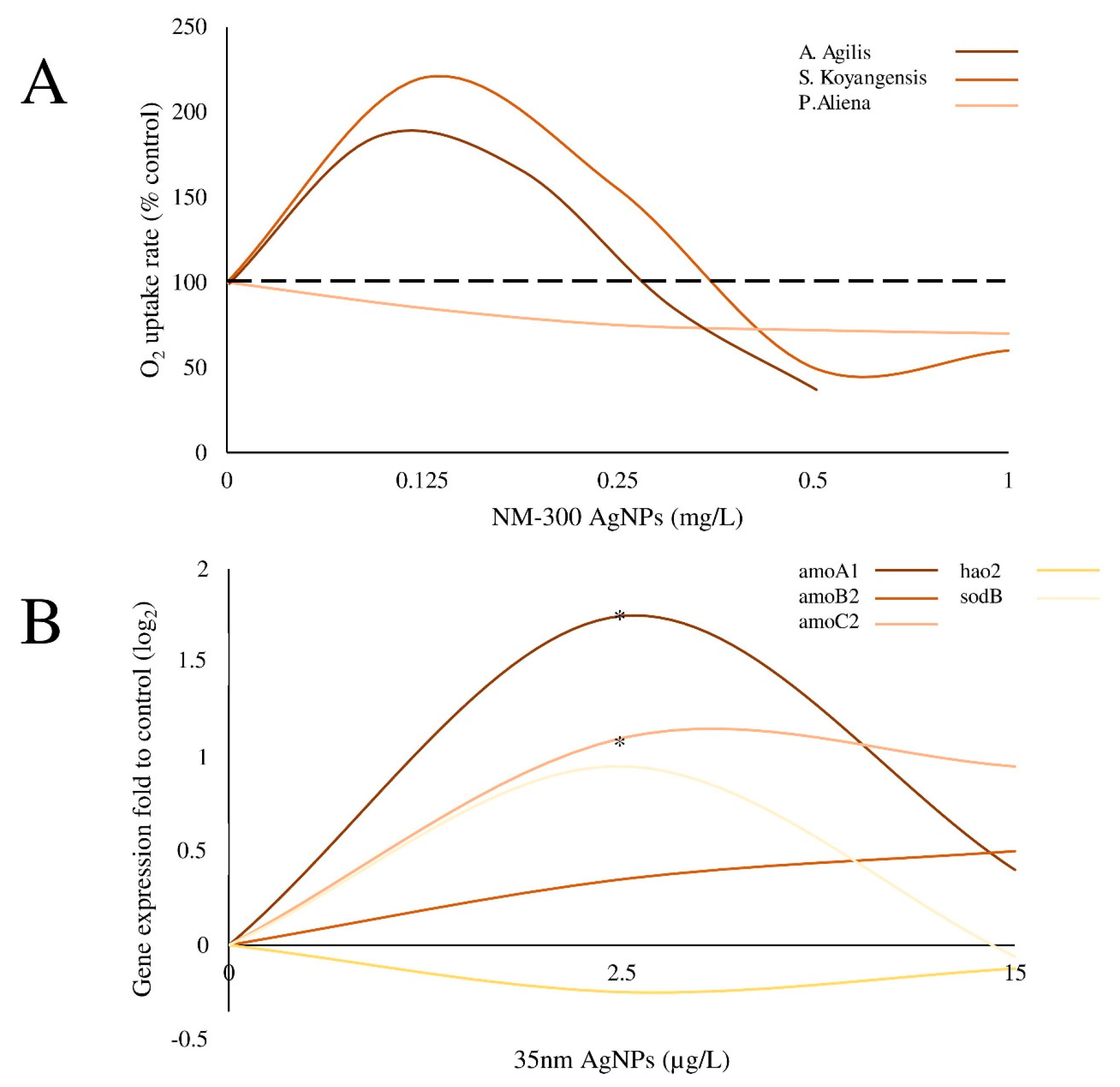
Ijms Free Full Text Nanoparticle Exposure And Hormetic Dose Responses An Update Html

A Pipeline To Analyse Time Course Gene Expression F1000research
Profiling Dna Break Sites And Transcriptional Changes In Response To Contextual Fear Learning
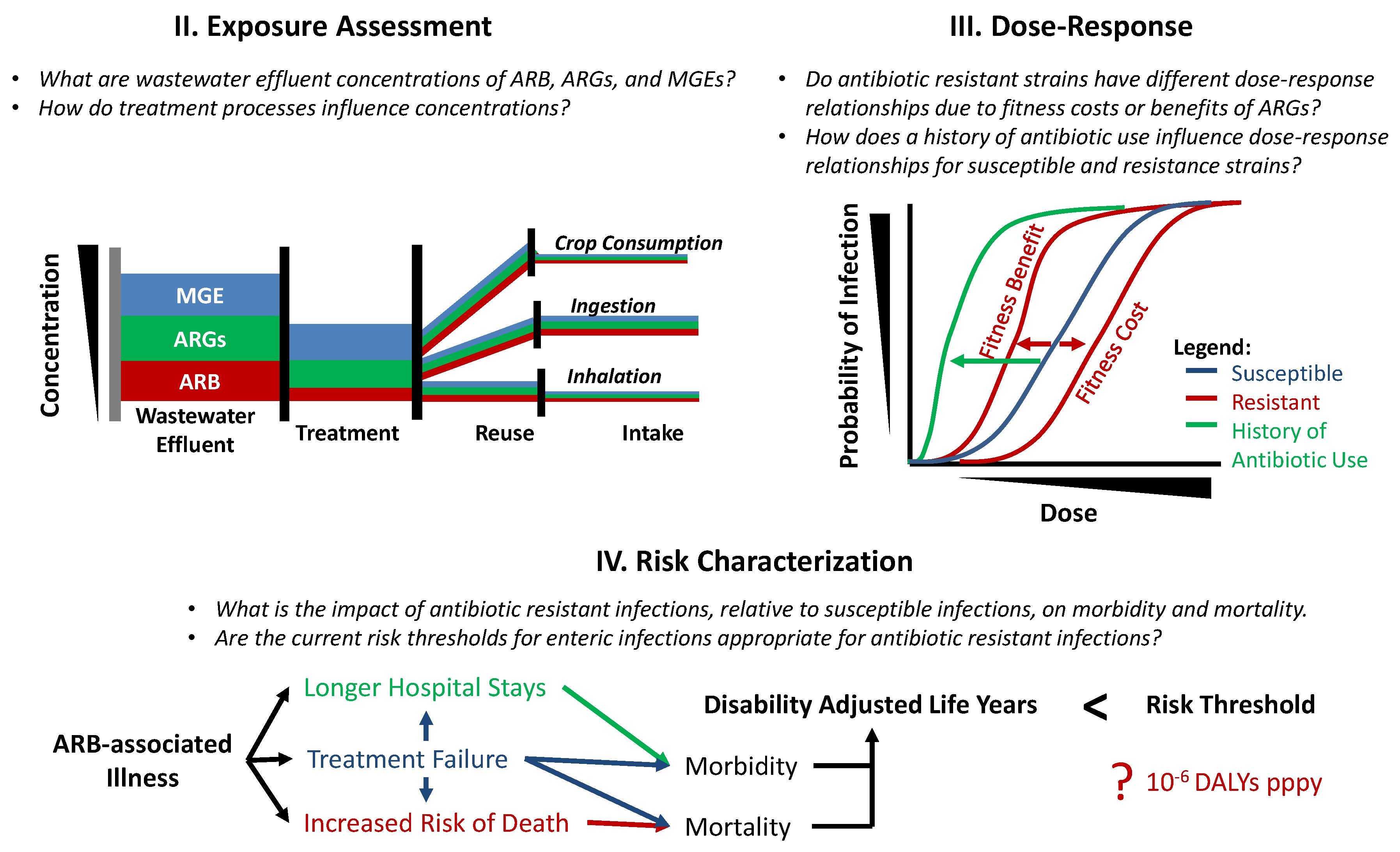
Water Free Full Text Reusing Treated Wastewater Consideration Of The Safety Aspects Associated With Antibiotic Resistant Bacteria And Antibiotic Resistance Genes Html
Profiling Dna Break Sites And Transcriptional Changes In Response To Contextual Fear Learning
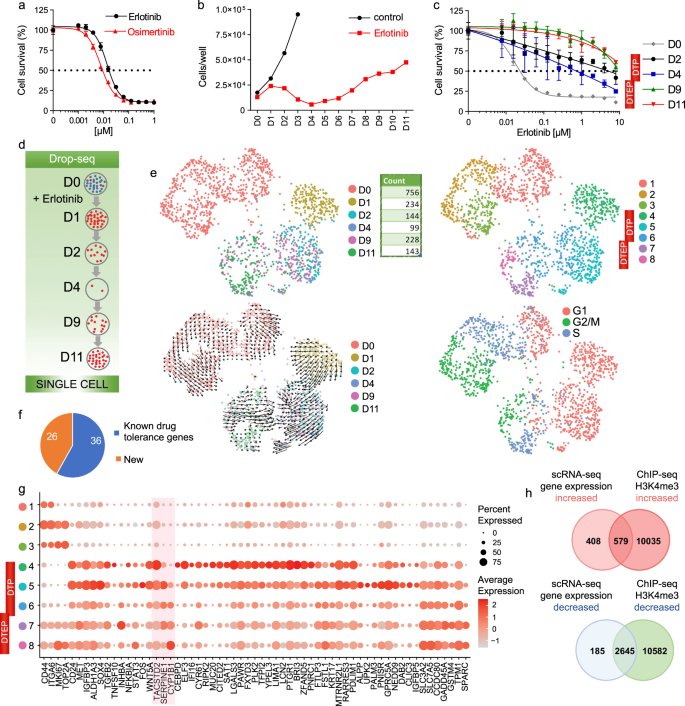
Single Cell Transcriptional Changes Associated With Drug Tolerance And Response To Combination Therapies In Cancer Nature Communications
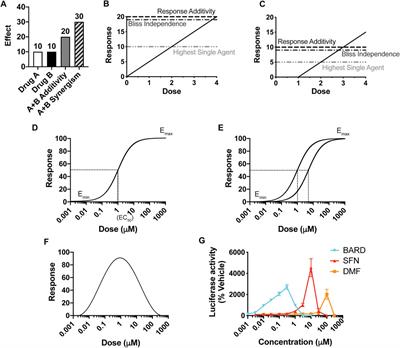
Frontiers Solving The Problem Of Assessing Synergy And Antagonism For Non Traditional Dosing Curve Compounds Using The De Zi Method Application To Nrf2 Activators Pharmacology

Deep Learning Predicts Gene Expression As An Intermediate Data Modality To Identify Susceptibility Patterns In Mycobacterium Tuberculosis Infected Diversity Outbred Mice Ebiomedicine
Profiling Dna Break Sites And Transcriptional Changes In Response To Contextual Fear Learning
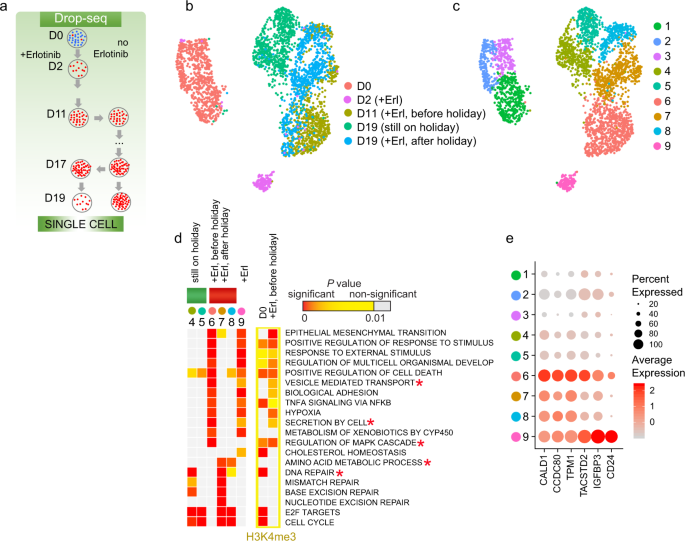
Single Cell Transcriptional Changes Associated With Drug Tolerance And Response To Combination Therapies In Cancer Nature Communications

Identification Of Covid 19 Prognostic Markers And Therapeutic Targets Through Meta Analysis And Validation Of Omics Data From Nasopharyngeal Samples Ebiomedicine

Integrated Genome And Transcriptome Analyses Reveal The Mechanism Of Genome Instability In Ataxia With Oculomotor Apraxia 2 Pnas

Identification Of Candidate Repurposable Drugs To Combat Covid 19 Using A Signature Based Approach Scientific Reports

Exome Sequencing Identifies Rare Coding Variants In 10 Genes Which Confer Substantial Risk For Schizophrenia Medrxiv

Genetic Basis Of Variation In Cocaine And Methamphetamine Consumption In Outbred Populations Of Drosophila Melanogaster Pnas

Quantitative Control Of Noise In Mammalian Gene Expression By Dynamic Histone Regulation Elife

A Chemical Genetic Screen Identifies Aurora Kinases As A Therapeutic Target In Egfr T790m Negative Gefitinib Resistant Head And Neck Squamous Cell Carcinoma Hnscc Ebiomedicine
Comments
Post a Comment